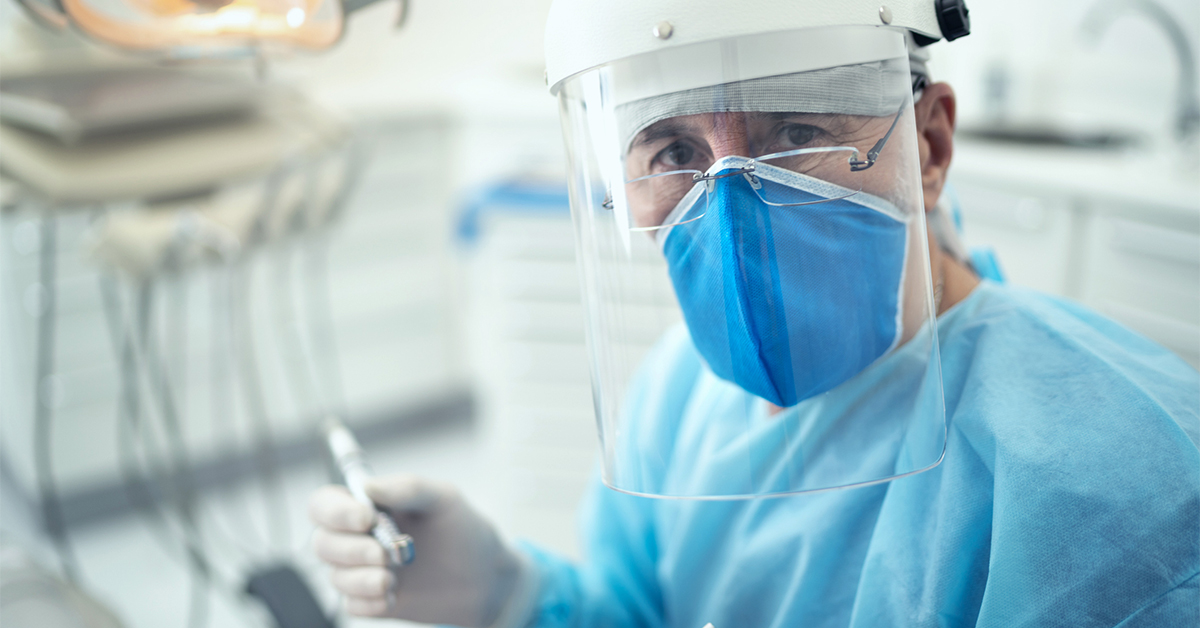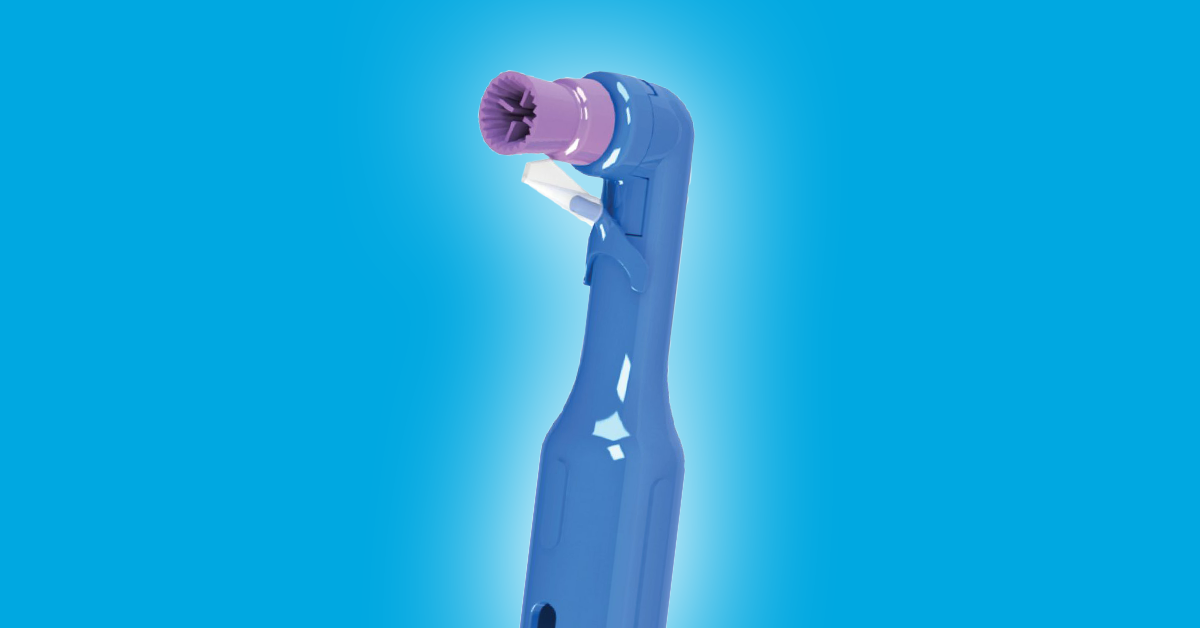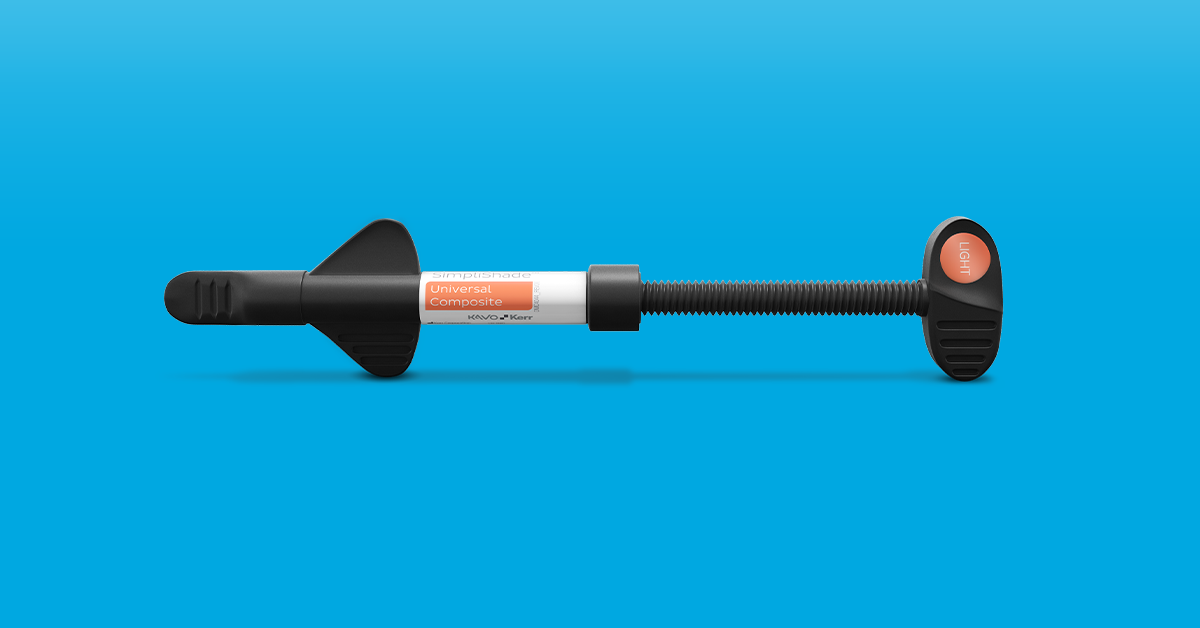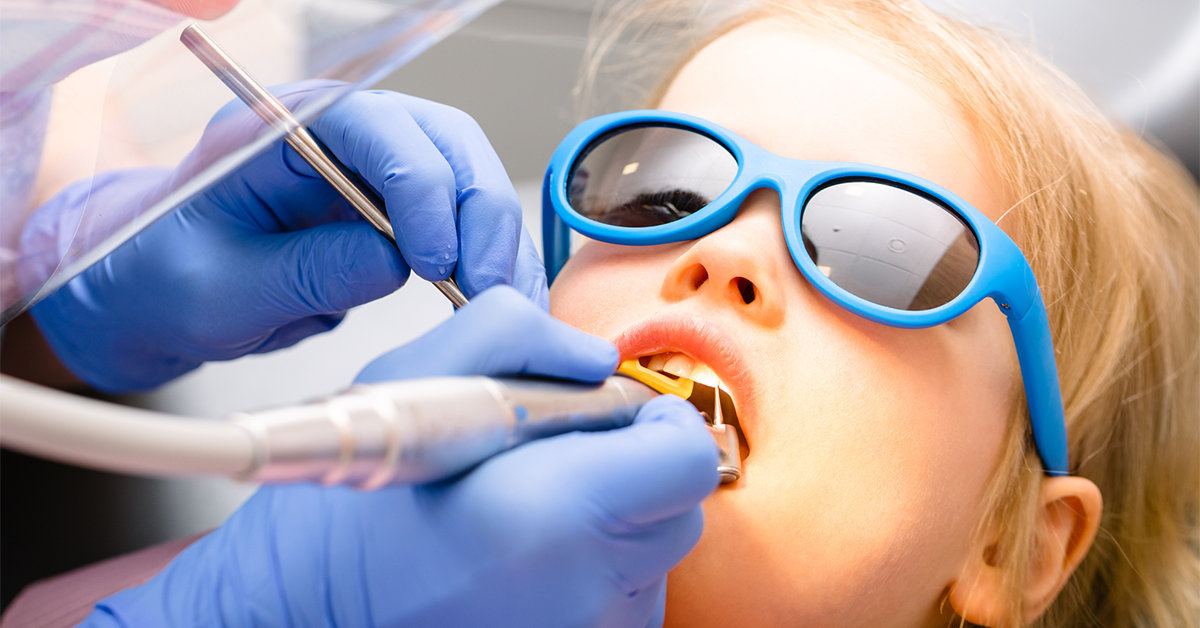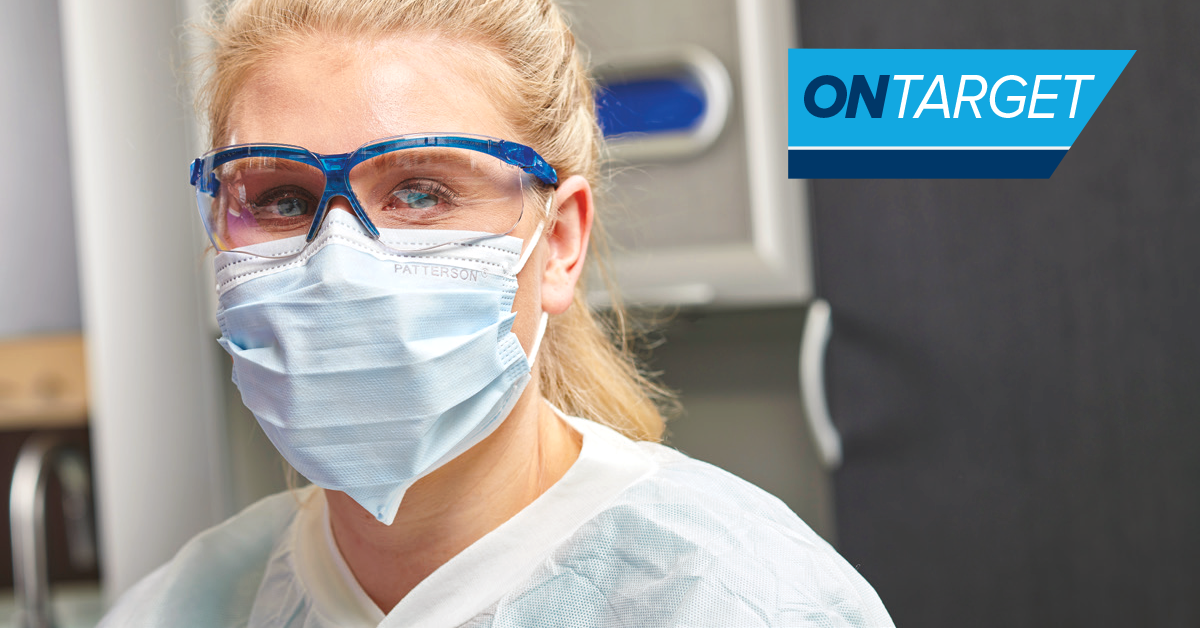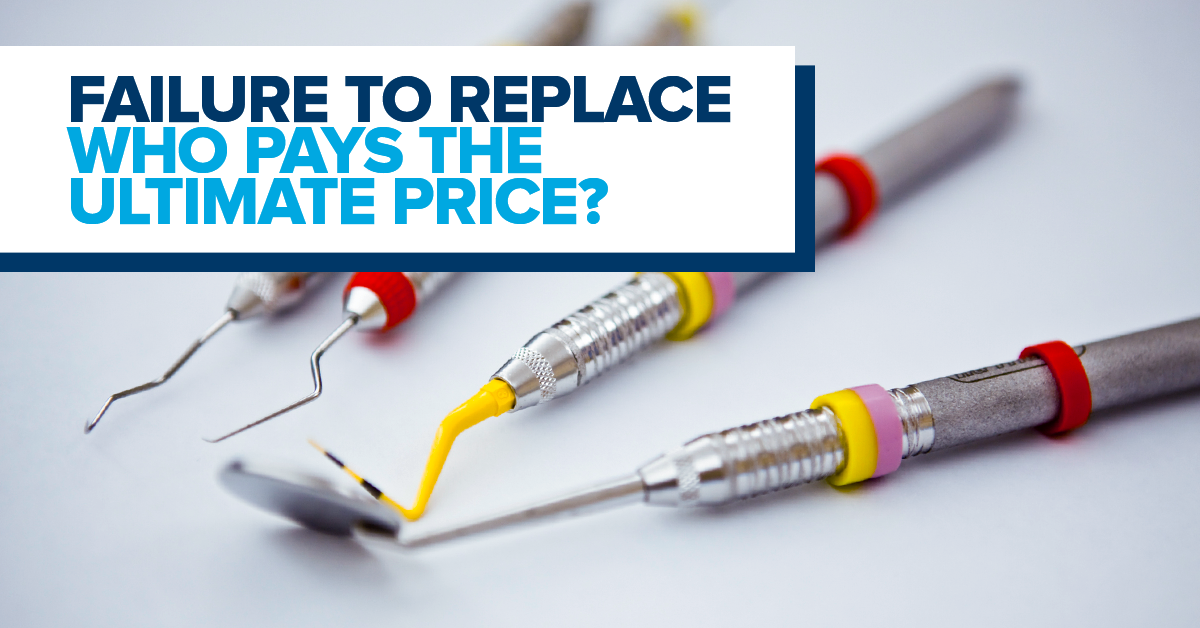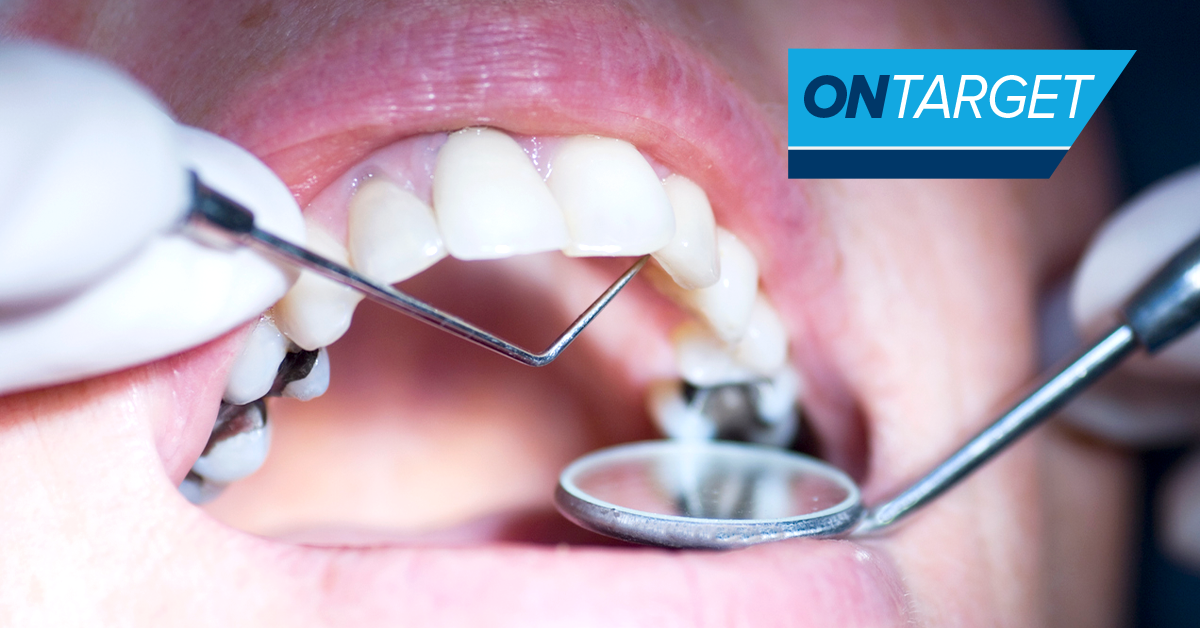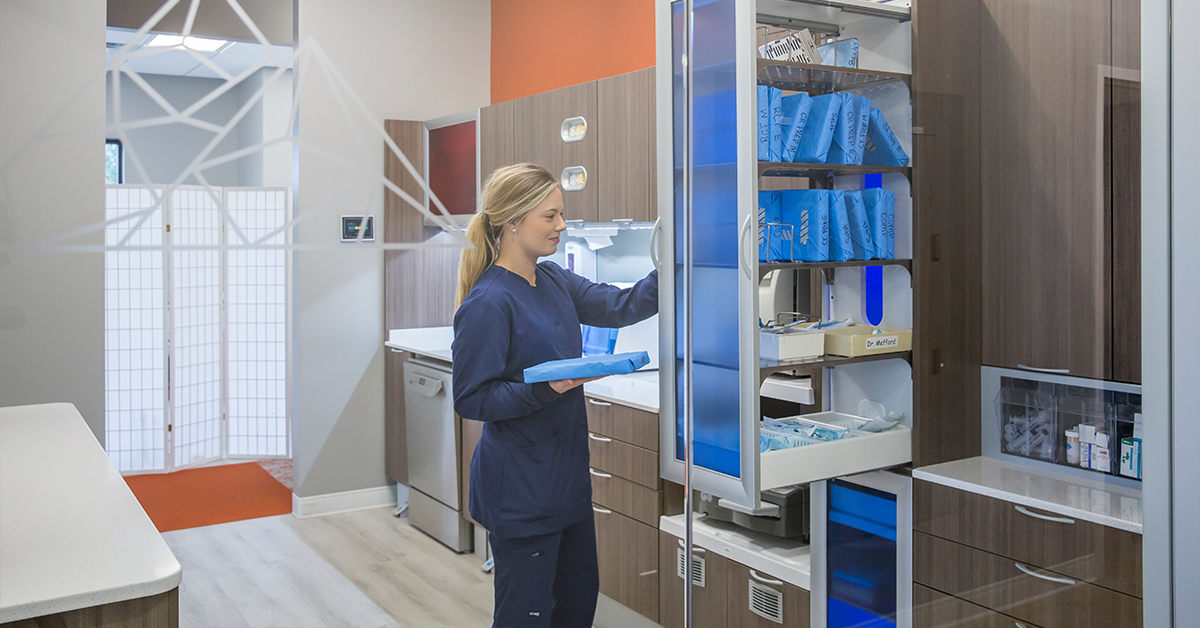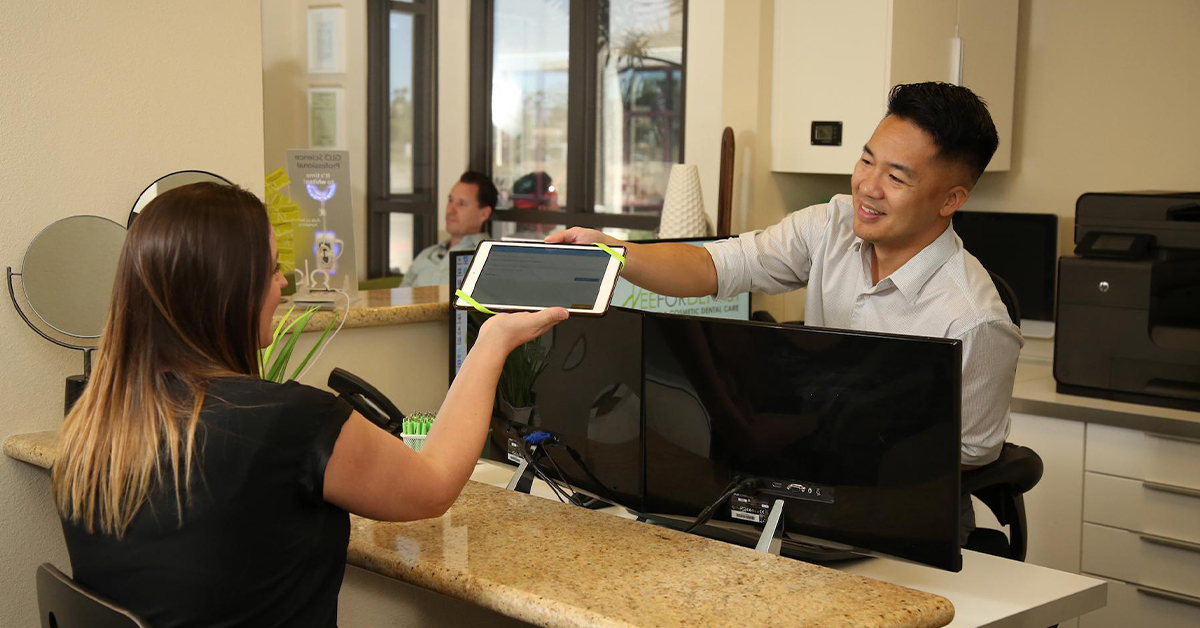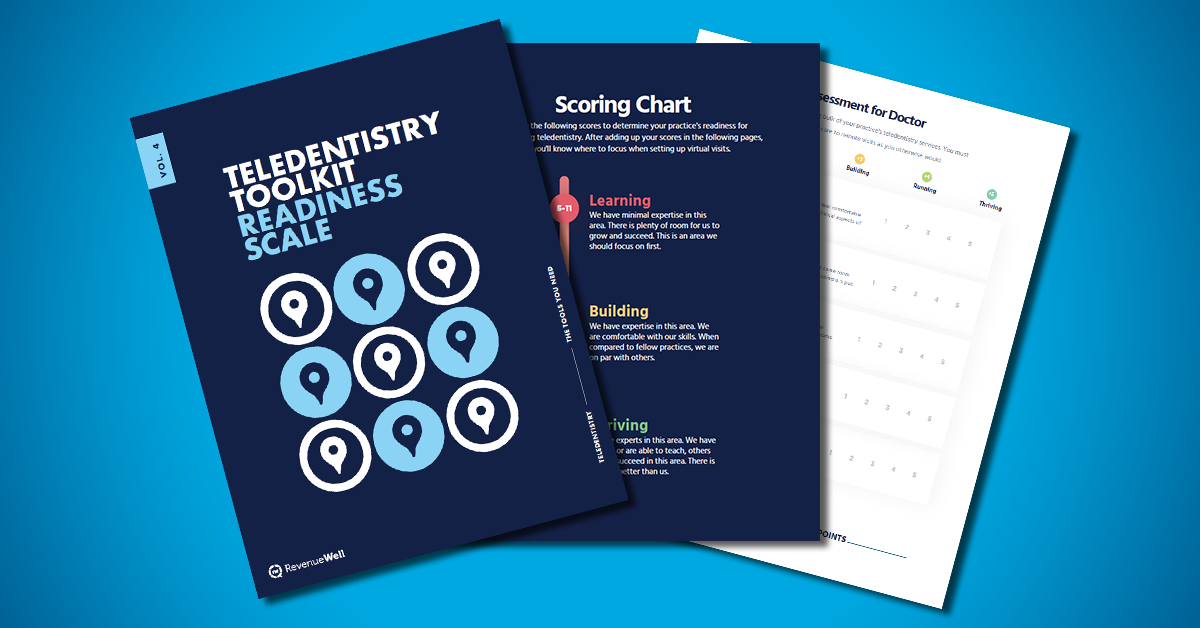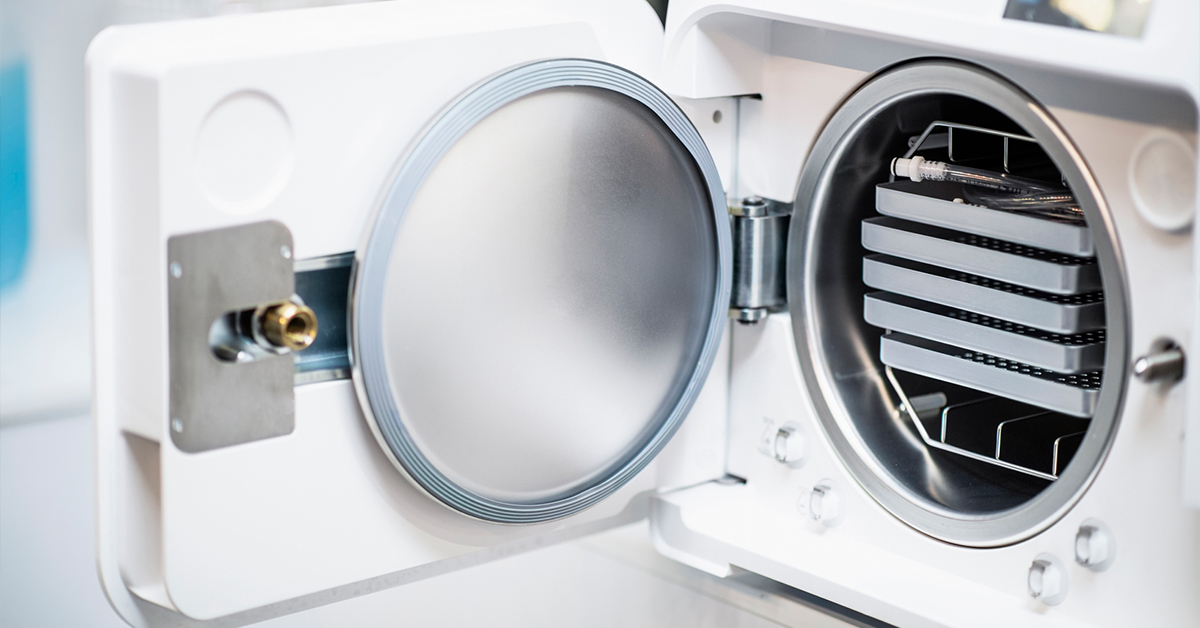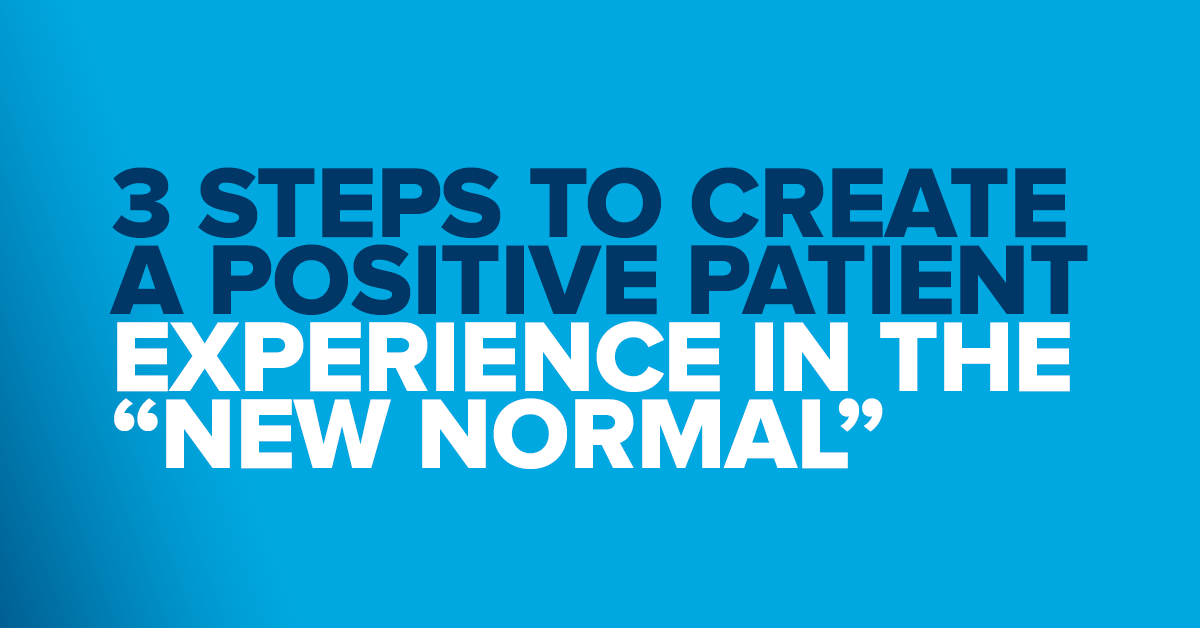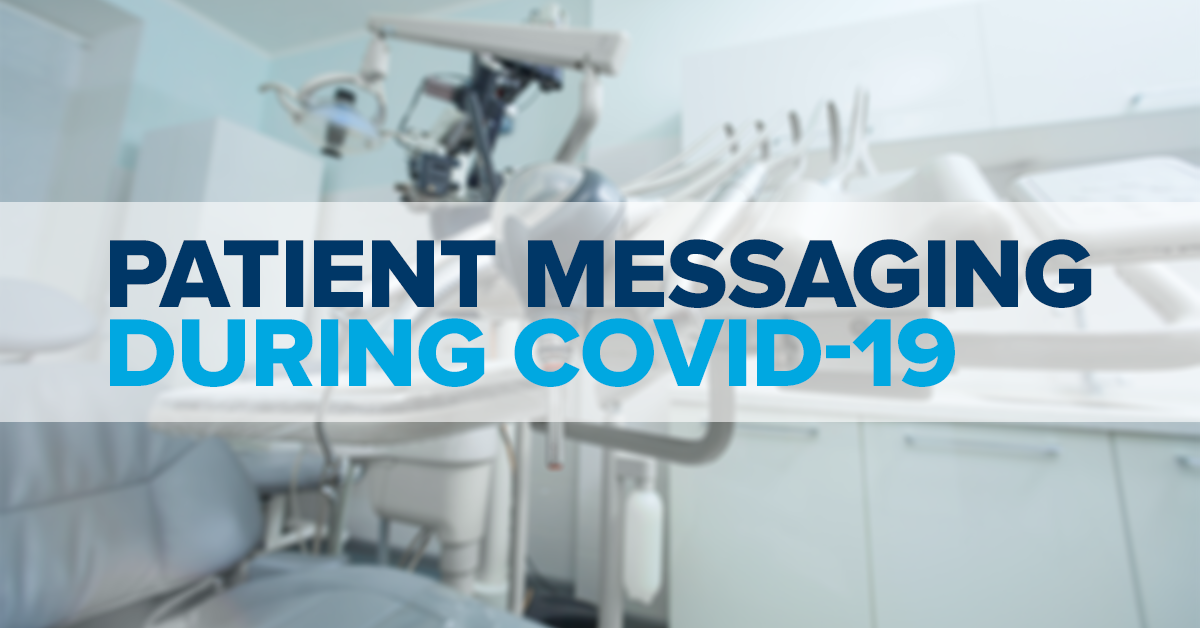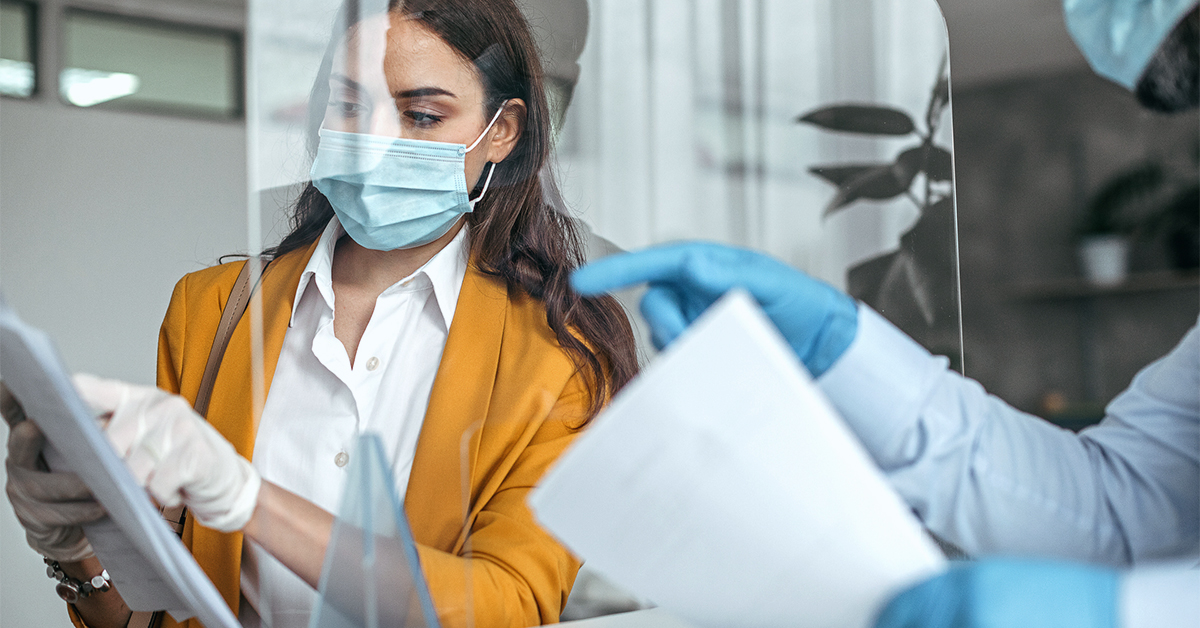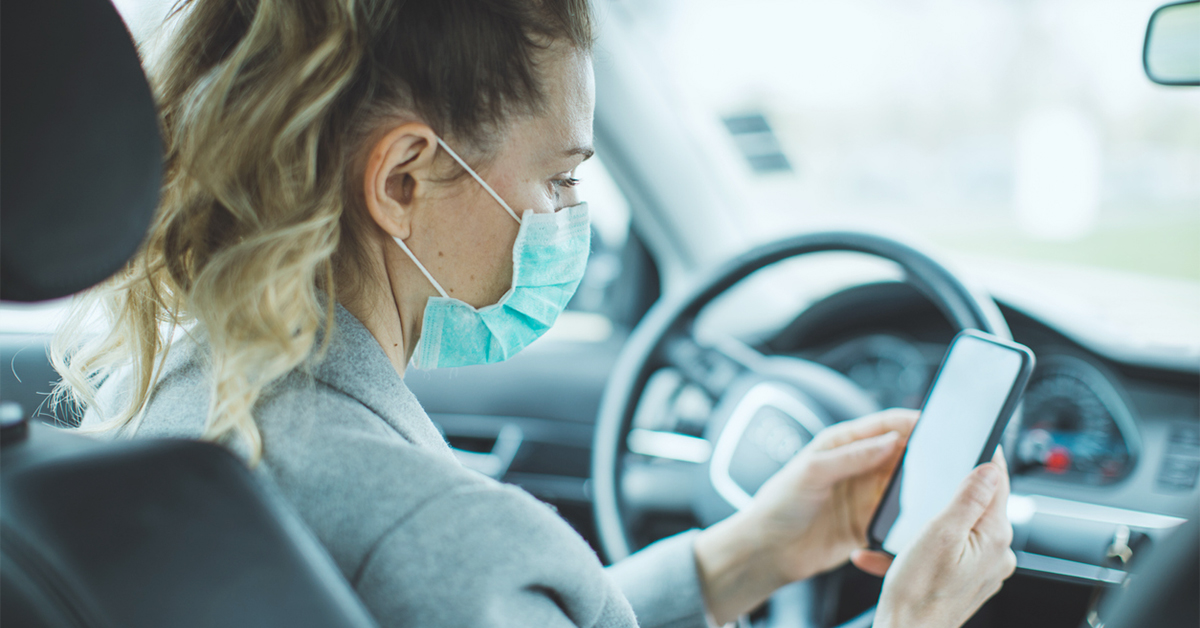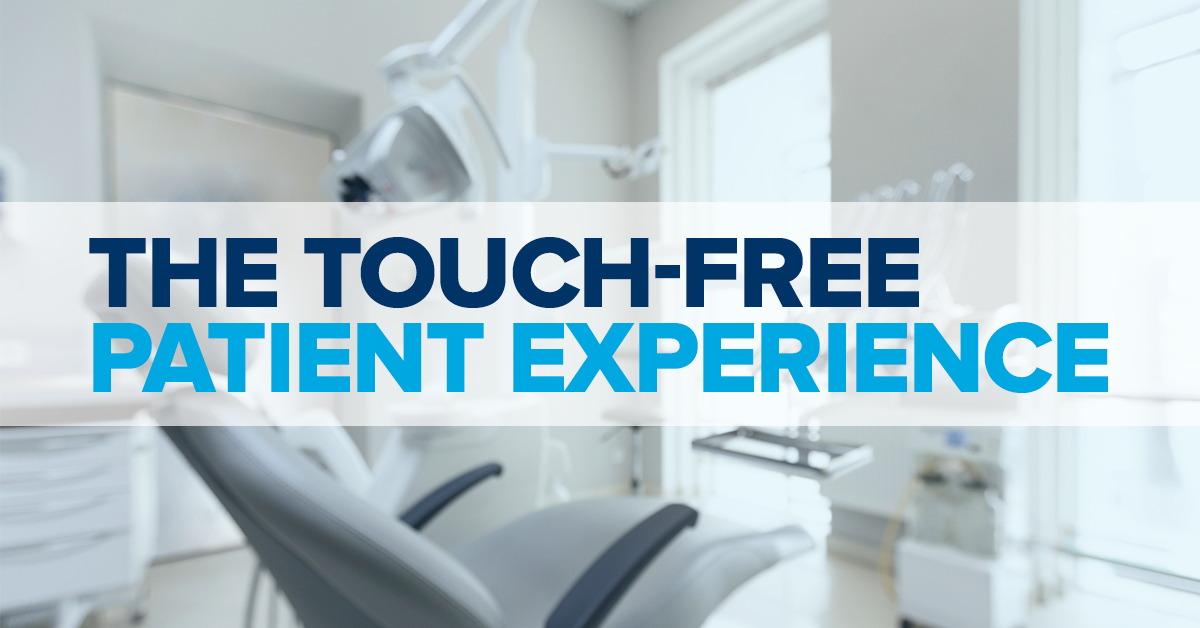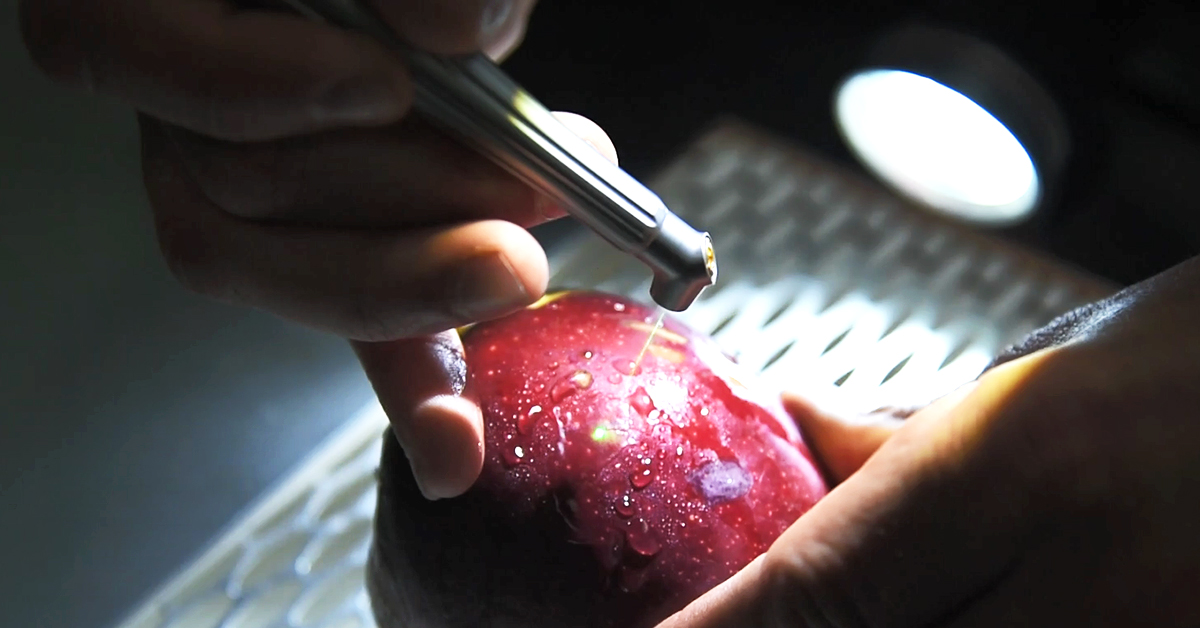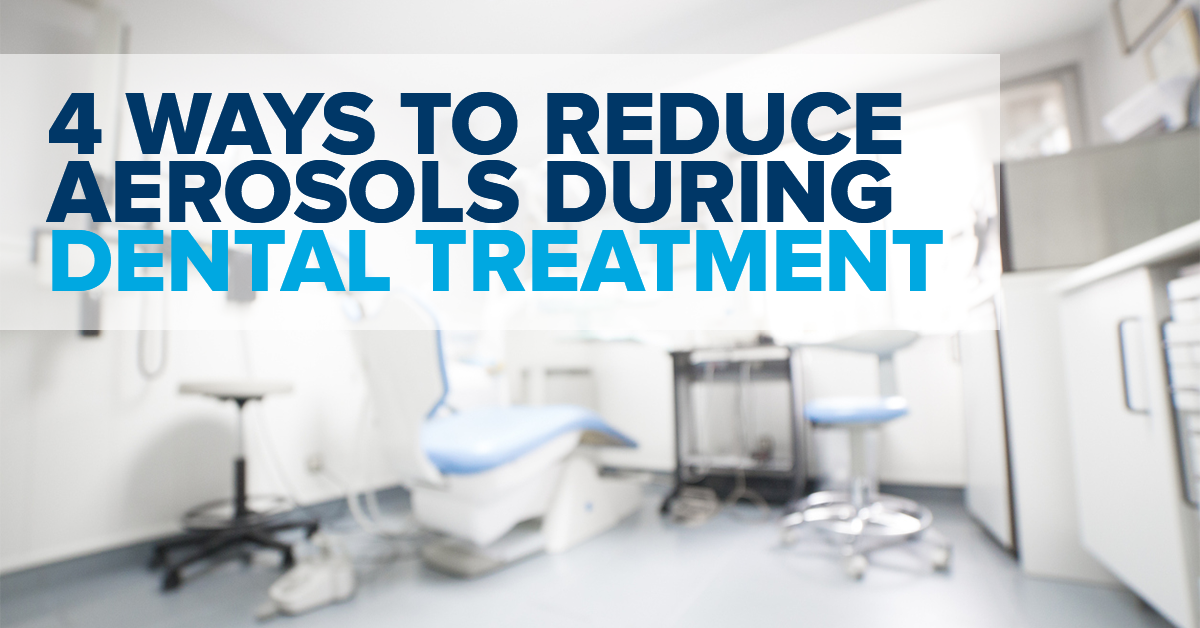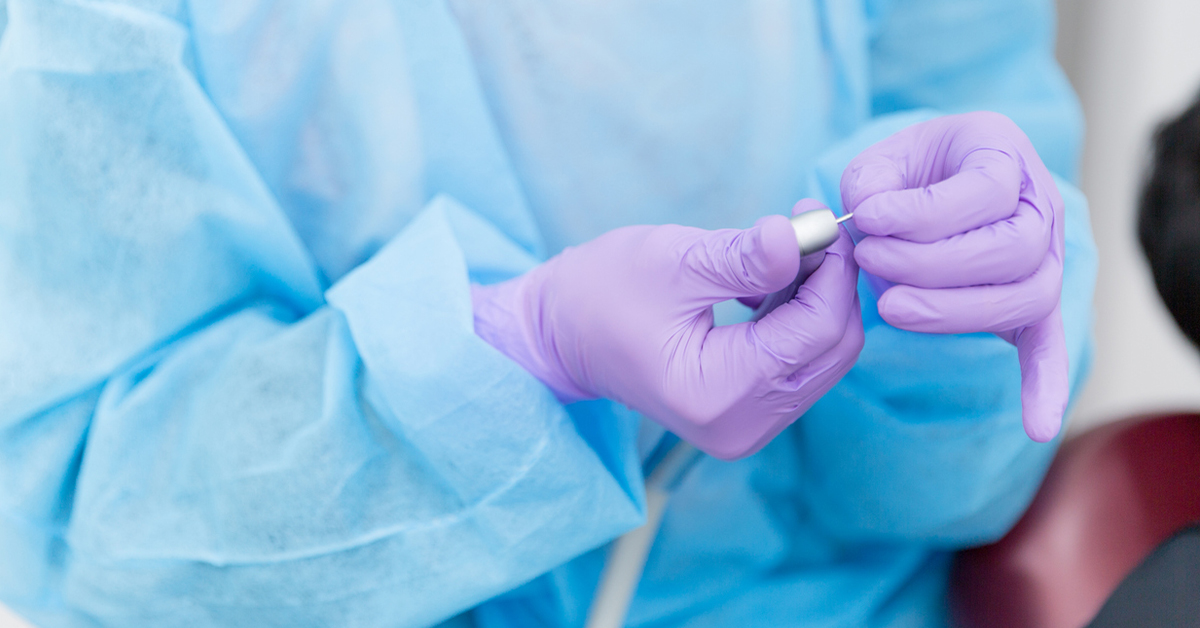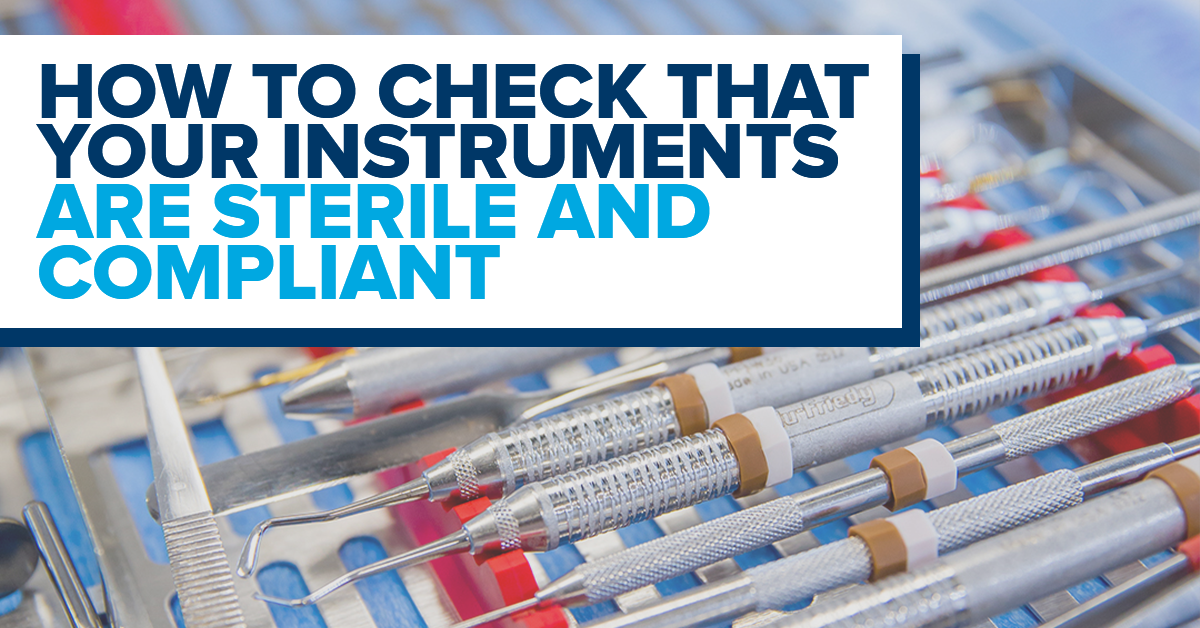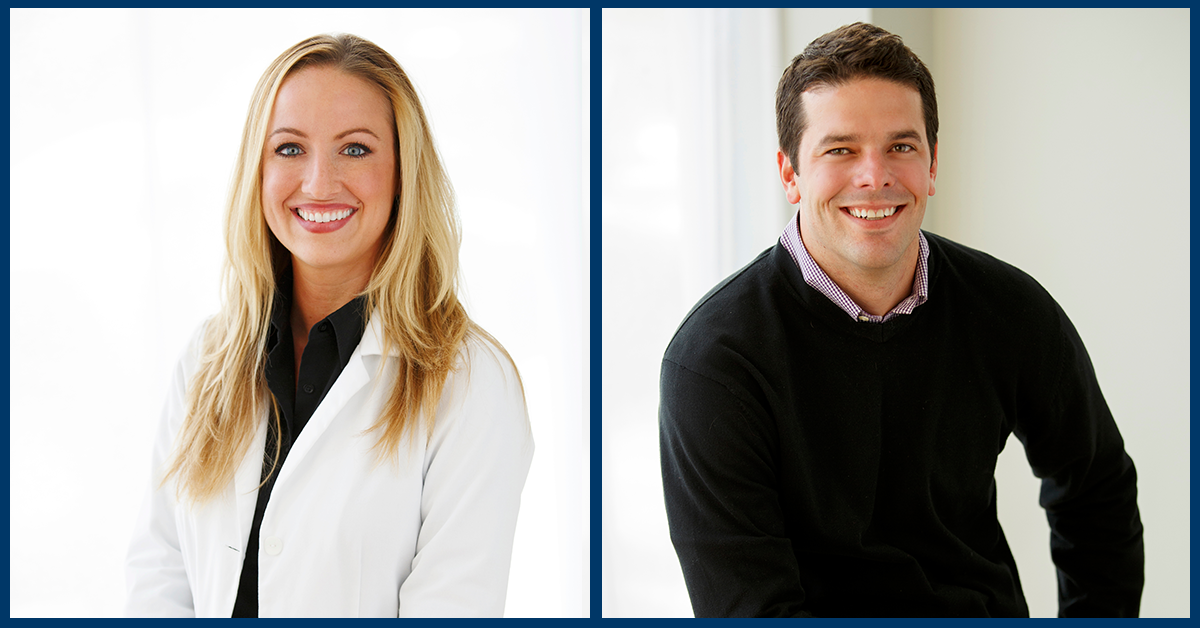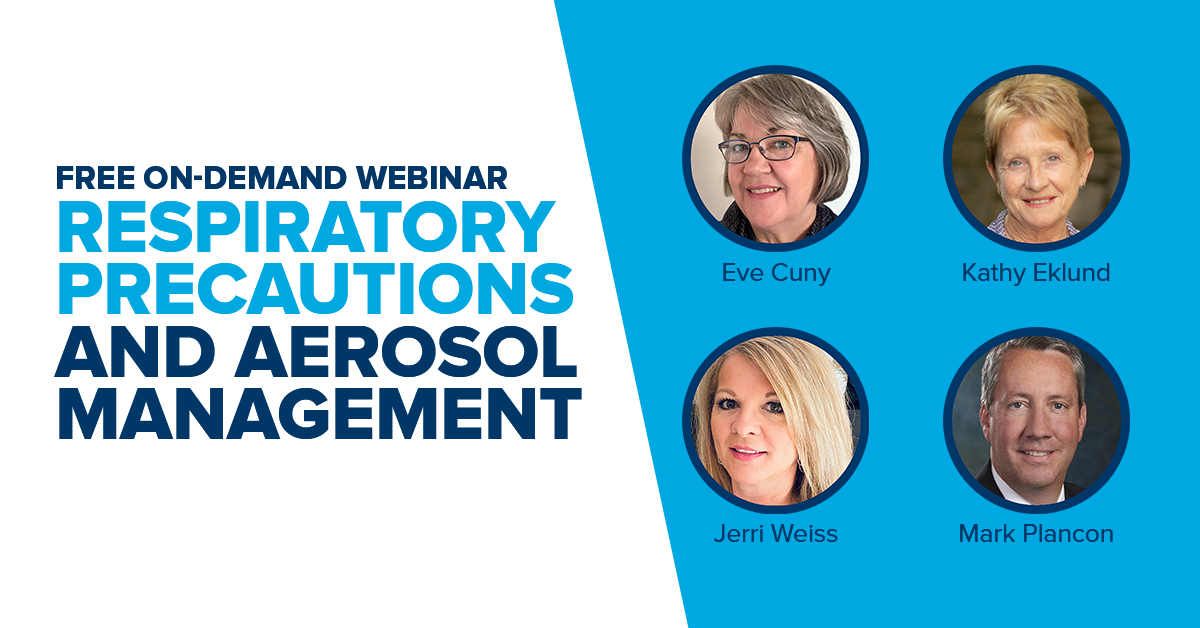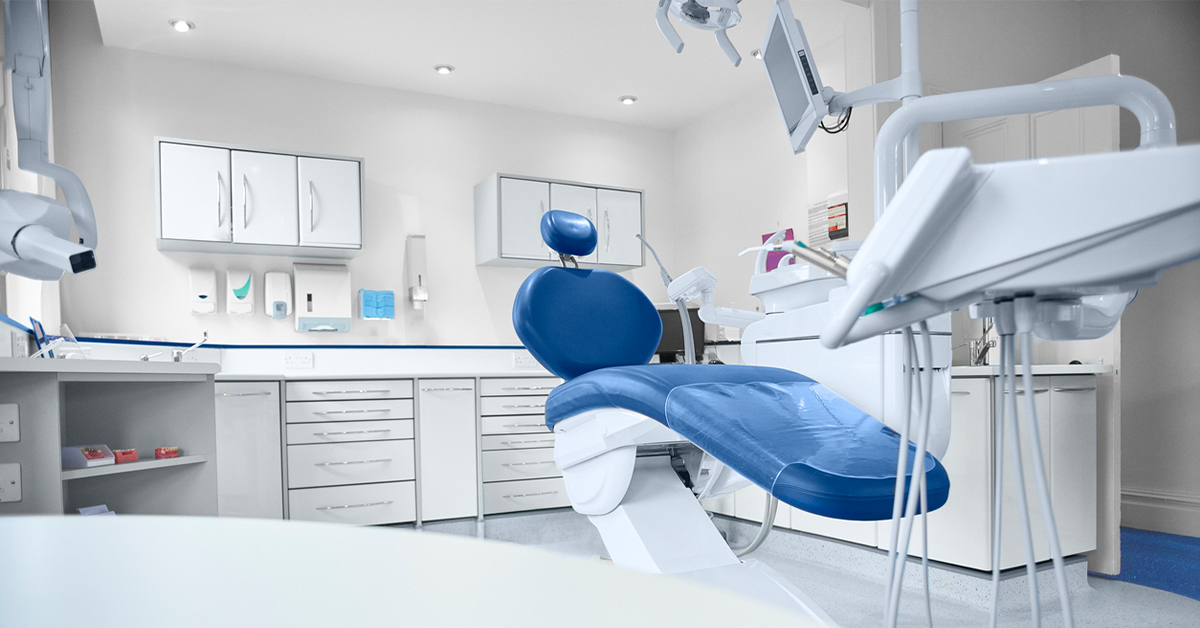The WHO recently recommended the delay of routine dental care in certain situations due to COVID-19. In a written response, the ADA said it “respectfully yet strongly disagrees” with the WHO’s recommendation. Roger P. Levin, DDS, shared a video outlining a scripted response dental practices can use to address patient concerns. Dr. Levin also offers three signs that may signal patients are opting out of routine dental care due to this news.
A Safer Way to Polish: Splatter Guard Prophy Angles from Young Innovations
As dentists and hygienists question the use of ultrasonic instruments during the COVID-19 pandemic, they may also be looking for ways to eliminate or at least control aerosols and splatter. Young Innovations recently introduced the Splatter Guard® prophy angle, which nearly eliminates airborne particles during prophylaxis polishing. Whitney Howerton, MDH, RDH, gives Splatter Guard a test run.
Pain: It Shouldn’t Be Part of the Job
Musculoskeletal injuries can be difficult to overcome for dental professionals. What preventive steps can you take to protect yourself from repetitive and large movement injuries? Start with some education and self-awareness, then integrate tools that will support your musculoskeletal health.
Simplify Restorations with SimpliShade from Kerr
As dental practices get comfortable operating in the “new normal,” the burden of wearing—and storing—extra PPE and time spent disinfecting operatories between patients continues to be a challenge. To meet these challenges, dentists are looking for new ways to save valuable chair time and streamline inventory management.
OnTarget Highlight: The Pediatric Prophy Appointment
Oral healthcare is essential at any age, but for children, maintaining a healthy mouth holds special importance. Dental caries is the most common chronic childhood infectious disease. As of 2015, approximately 573 million children worldwide had at least one untreated cavity.
OnTarget Highlight: PPE Adherence in the Dental Practice
A recent global health pandemic has brought personal protective equipment (PPE) to the public’s attention, but dental professionals have long been familiar with the concept of PPE. Despite this, many workers fail to adhere to PPE requirements because they find equipment cumbersome, uncomfortable or disruptive to performing tasks and communicating with patients and personnel. To remove these barriers, dental offices must supply PPE that maximizes ease of use, comfort and performance.
Failure to replace: Who pays the ultimate price?
The current recommendation for when to replace a scaler is when 20% of the instrument blade width or length is reduced or no longer the original design. But how long it takes for each instrument to reach this threshold is dependent on several factors. Deb (Hume) Brown, RDH, shares some of these factors and how a failure to replace instruments can affect the clinician and the patient.
OnTarget Highlight: Restoring and Preserving Tooth Structure
What if you could restore teeth by regrowing dentin and enamel? Although that technology remains the province of science fiction for now, bioactive restorative materials that do more than just take up space already do exist, and have for more than 40 years.
How a Minnesota Practice Is Using Teledentistry to Advance Patient-Centered Care
When COVID-19 limited dental care in the midwestern state to emergencies only, Megan Beuckens, DDS, knew she had to find new ways to extend her skills beyond the reach of her operatory.
Boost Patient Confidence with Sterilization Solutions from A-dec
As dental practices continue to examine infection control guidelines to meet the demands of the ongoing coronavirus pandemic, it’s important to consider how patients will feel as they walk into your office. A-dec has many solutions to not only improve the safety of your office, but also to visually show patients you’re keeping their health at the forefront.
Is Your Practice Ready for Teledentistry? Use RevenueWell’s Readiness Scale to Find Out
As states have relaxed stay-at-home orders and dental practices have started seeing patients for routine care again, teledentistry may still be top of mind for dental practices looking to give patients more ways to connect between visits. If you’ve been considering implementing teledentistry at your practice, how do you know if you’re ready? How do you know if teledentistry is right for your practice? How can you gauge its true impact on your business?
A Quality Assurance Approach of Infection Prevention from OSAP
As dental practices continue to evaluate office policies and procedures during the ongoing coronavirus pandemic, infection control will continue to be an important area of focus. To that end, the current issue of Infection Control in Practice by OSAP dives into creating an effective infection prevention and control program for your practice.
3 Steps to Create a Positive Patient Experience in the “New Normal”
Keeping patients updated with paperwork, reminders for their appointments and a list of what to expect when they get to the office will help ensure they keep their appointment. Here are three steps to create a positive patient experience and help make sure your schedule stays full and breaking appointments is a rarity.
Provide a Touch-Free Patient Experience with OperaDDS
Social distancing massively effects the dental industry, forcing us to change what our standard procedures are. In this new reality, we can’t just go paperless, we must go touchless. Continue reading for steps dental practices can take to provide a touch-free dental experience.
How to Construct a Curbside Waiting Room
Curbside waiting rooms and curbside check-in have become a necessity for dental practices. The experts at RevenueWell share how to successfully communicate, and create, this new reality to patients.
Wiz Guys Support Customers During COVID-19 and Beyond
Todd Wizner and Ben Wizner, also known as the “Wiz Dental Guys,” are a father-son duo of Patterson reps with knowledge spanning almost 35 years. Their unwavering commitment to their customers has especially shone through as the COVID-19 crisis has hit the nation. They knew this was going to have a big impact not only on their personal day-to-day jobs, but also on their core customers’ businesses.
A New Normal in Dentistry: The Touch-Free Patient Experience
As dental offices re-open and face the challenges created by COVID-19, how can a practice maintain the patient experience that patients have come to expect yet create reduced contact points within the practice? Ann-Marie DePalma, RDH, shares several ways to create a touchless patient experience.
Solea Laser: Reduce Aerosols, Increase Appointments, Improve Patient Experience
It is essential to keep patient comfort and safety at the forefront while maximizing appointment efficiencies. The Solea laser is one way your practice can introduce an anesthesia-free appointment that reduces aerosols and allows you to get more work done with each appointment.
4 Ways to Reduce Aerosols During Dental Treatment
As we reenter the practice world, one question dominates every conversation. How do we best reduce the aerosol generated during dental treatment? David Rice, DDS, shares four ways you can keep you, your team and your patients safe.
Keeping Staff and Patients Safe: Personal Protective Equipment and Donning and Doffing Advice
Nothing is more important than protecting the lives of your patients and staff. Yet new circumstances you and other dental professionals are now facing require the use of more personal protective equipment (PPE) and the proper procedures for ensuring you and your team are securely covered – from head to toe.
How to Know Your Instruments Are Sterile and Compliant
Cleaning and sterilizing dental instruments for re-use can be tedious and dull, but the task is a crucial component to ensuring the safety of staff and patients. Further, ensuring that instruments are free of potentially infectious material and debris is critical to the quality care that dental health professionals pledge to provide. Gain a better understanding of this importance and see how to set up an easy-to-maintain compliance program in this guest post from Hu-Friedy.
The Road to Reopening: One Dental Practice’s Path to Safely Getting Back to Business
When Melissa Brown, DDS, founded Murray Hill Family Dental, she worked hard to prepare for many different business situations. But needing to close and reopen her practices due to a global pandemic isn’t one she could have imagined. Along with her husband, Troy Walton, director of business operations, they have built a loyal customer following and are an active and important part of their community.
Reopening Your Dental Practice: A COVID-19 Social Media Plan
Building out a robust social media strategy and consistently sharing relevant, informative and authentic content is a cornerstone of a larger marketing plan for most any business. As dentists start to reopen their practices after having been limited to only emergency care, it is important to revisit any current social media plans and adjust to the current realities and expectations of patients.
On-Demand Webinar: Respiratory Precautions and Aerosol Management Solutions
Managing respiratory risk is critical as dental practices begin resuming regular care amid COVID-19. In this on-demand webinar, OSAP and Patterson Dental discuss current respiratory precautions and aerosol management solutions from an equipment and technology standpoint for dental practices.
Critical Compliance Factors as You Reopen Your Dental Practice
A growing number of states are allowing businesses, including dental practices, to reopen. Is your practice ready to resume routine patient care? Linda Harvey, RDH, shares several compliance factors to consider as part of your reopening process.
Virtual Visits: Teledentistry to Serve Patients Remotely
As a result of the COVID-19 pandemic, many of RevenueWell’s customers were mandated to temporarily halt elective treatments and have cut back their schedules to only accept emergency appointments. To meet this demand, RevenueWell recently announced its newest feature, Virtual Visits. Learn about this new teledentistry solution.
3 Key Dimensions to Successfully Rebound from a Crisis
Some companies have been able to not only accelerate growth but also increase profitability while facing economic headwinds. As dental offices begin to reopen and rebound from the COVID-19 crisis, practice owners should focus on three key dimensions to navigate the economic downturn and come out the other side stronger.
8 Expert Business Tips for Reopening Your Dental Office Amid a Pandemic
Whether you’re handling emergencies only, entirely shut down, or taking initial steps to reopen, you’re no doubt focused on the near-term future of your practice. Kathy Brodal, a Patterson Dental business educator, offers eight ways to plan, prepare and pull off a strategy for propelling your business forward effectively.

